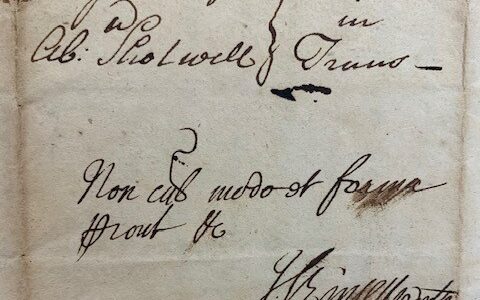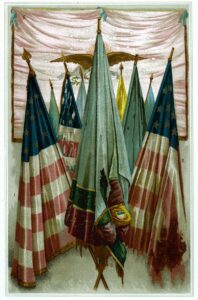Remote access to State Library Information Center databases is restricted to New Jersey state employees and Thomas Edison State University staff and students.
How to Set Up Links to Full Text from NJSL in Google Scholar
Google Scholar is a popular public search engine for academic and scholarly literature, serving metadata and citation details for many academic subject areas and disciplines.
Did you know you can use Google Scholar to seamlessly access content licensed by the State Library Information Center? If you are a State employee or TESU student or staff member, all you need is your State library card.
- Login with your Google account to https://scholar.google.com/
- Click the Settings option from the top left navigation.
- Click Library links.
- Search for New Jersey State Library.
- Add the following libraries as applicable and click Save.
If you are a TESU student or TESU staff
Add New Jersey State Library – Access from NJSL. This enables linking to content we license from EBSCO.

If you are a State employee
Add both options: New Jersey State Library – Access from NJSL and New Jersey State Library Information Center – ProQuest Fulltext. This enables linking to content we license from both EBSCO and ProQuest. ProQuest is exclusively licensed for State employees.

Search Results
After updating your settings, when you search Scholar, you will see download links to the right of the search result.

NJSL Discovery Search: the Other Google
The State Library licenses EBSCO’s Discovery Search for an integrated research experience for our users. Like Google Scholar, you can search Discovery without a library card but articles can only be accessed after login.
Our Discovery Search from EBSCO is a search engine that incorporates results from a broader range of sources than what Google Scholar indexes.
- our library catalog
- our scholarly eBook collections (EBSCO, Gale)
- many of our databases, including HeinOnline and NewsBank
- our New Jersey State Publications Digital Library
One more linked search engine: PubMed
PubMed is used by medical professionals and researchers for articles indexed by the U.S. National Library of Medicine and is the most trusted source for locating medical research. PubMed is free, but to access articles use the linked version for State employees and TESU.
Contact Us
Reference Services is available to assist State employees and TESU researchers tailor a search strategy or track down needed content. Contact us by email or call us at 609-278-2640, option 4.






















